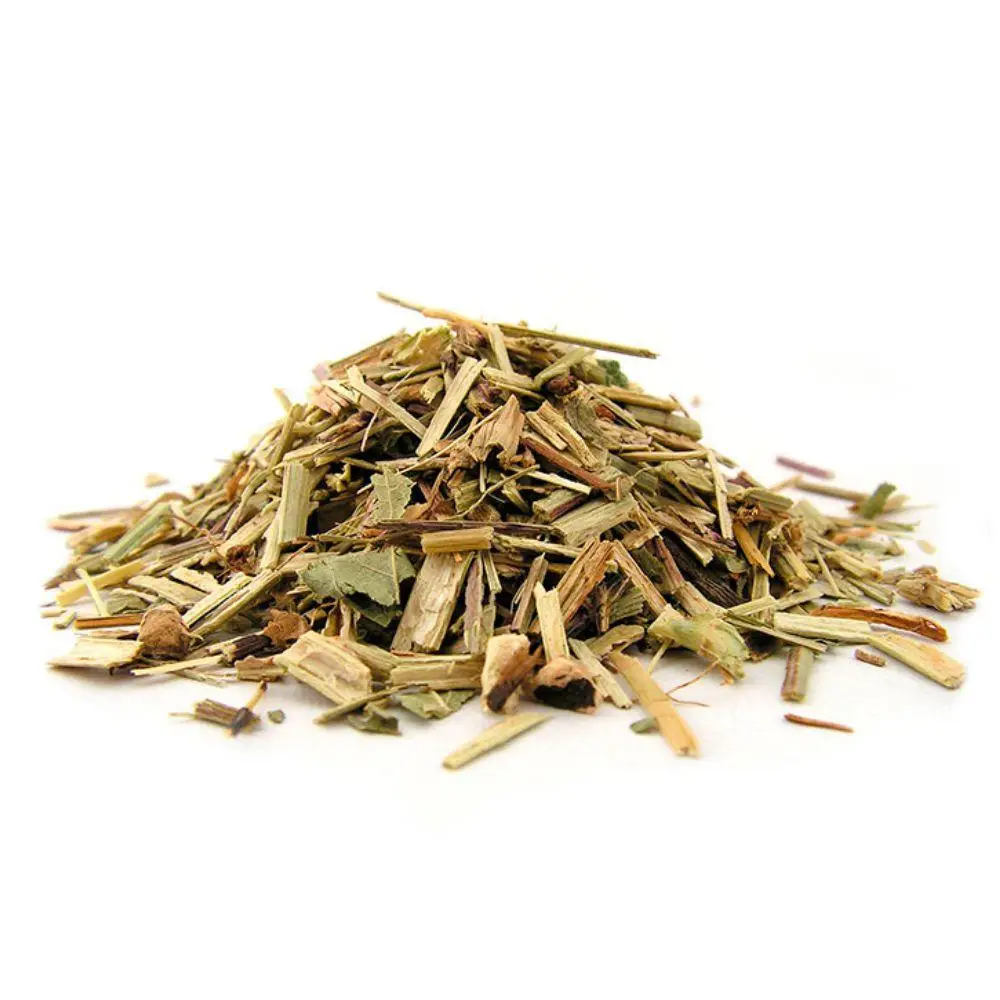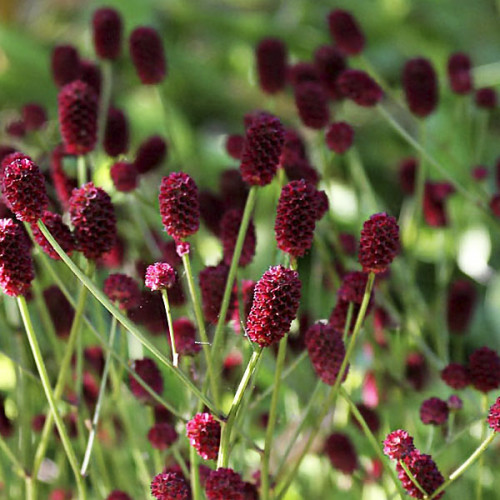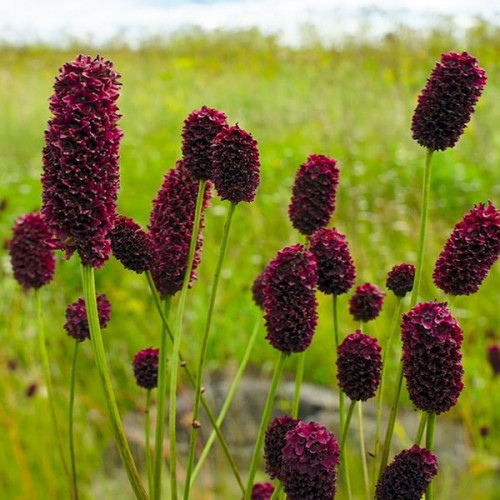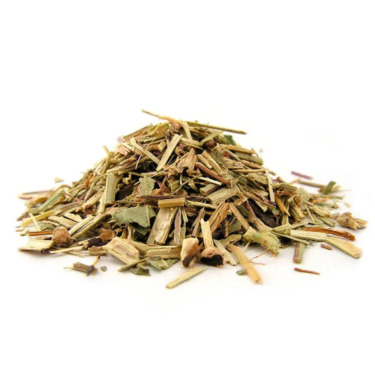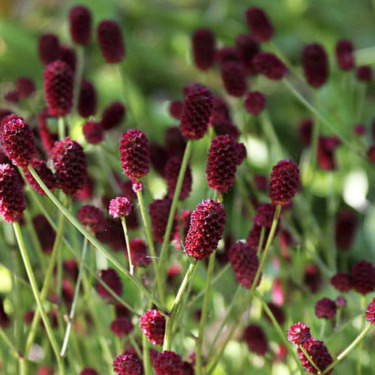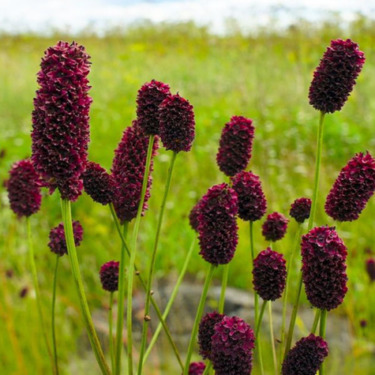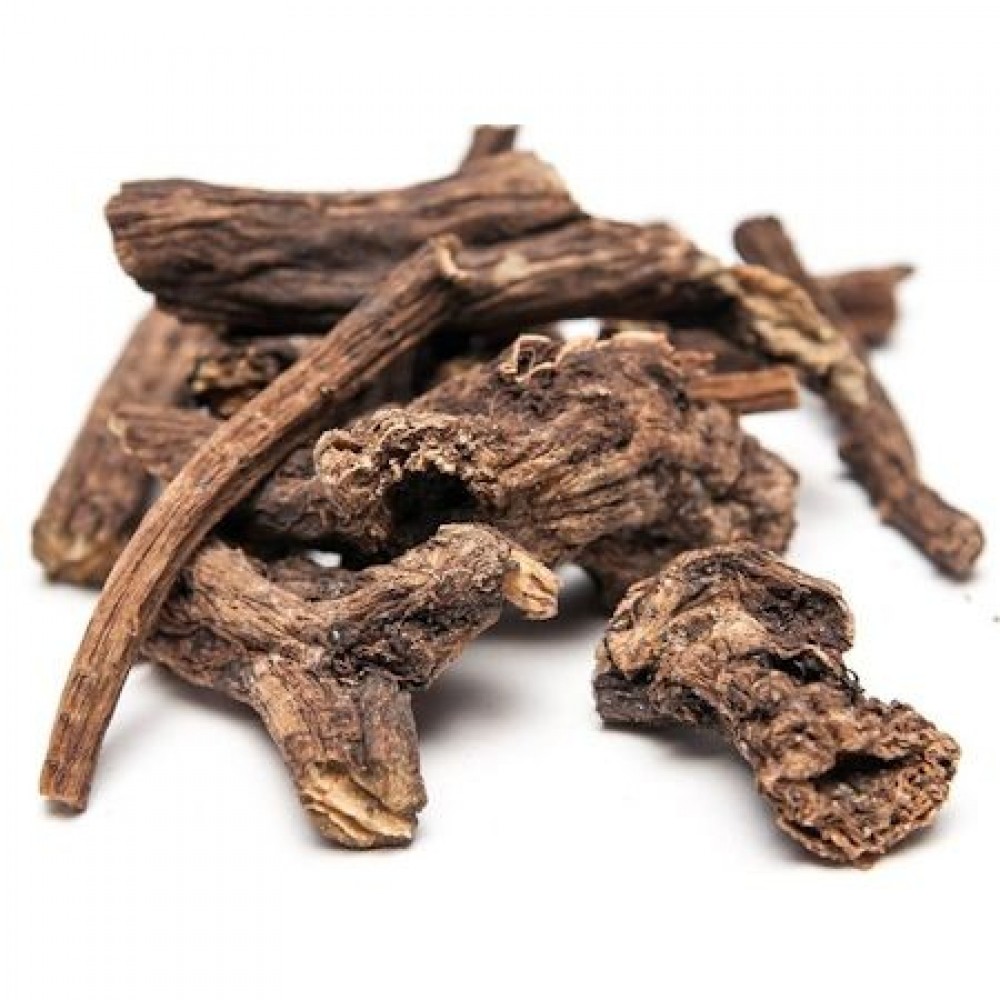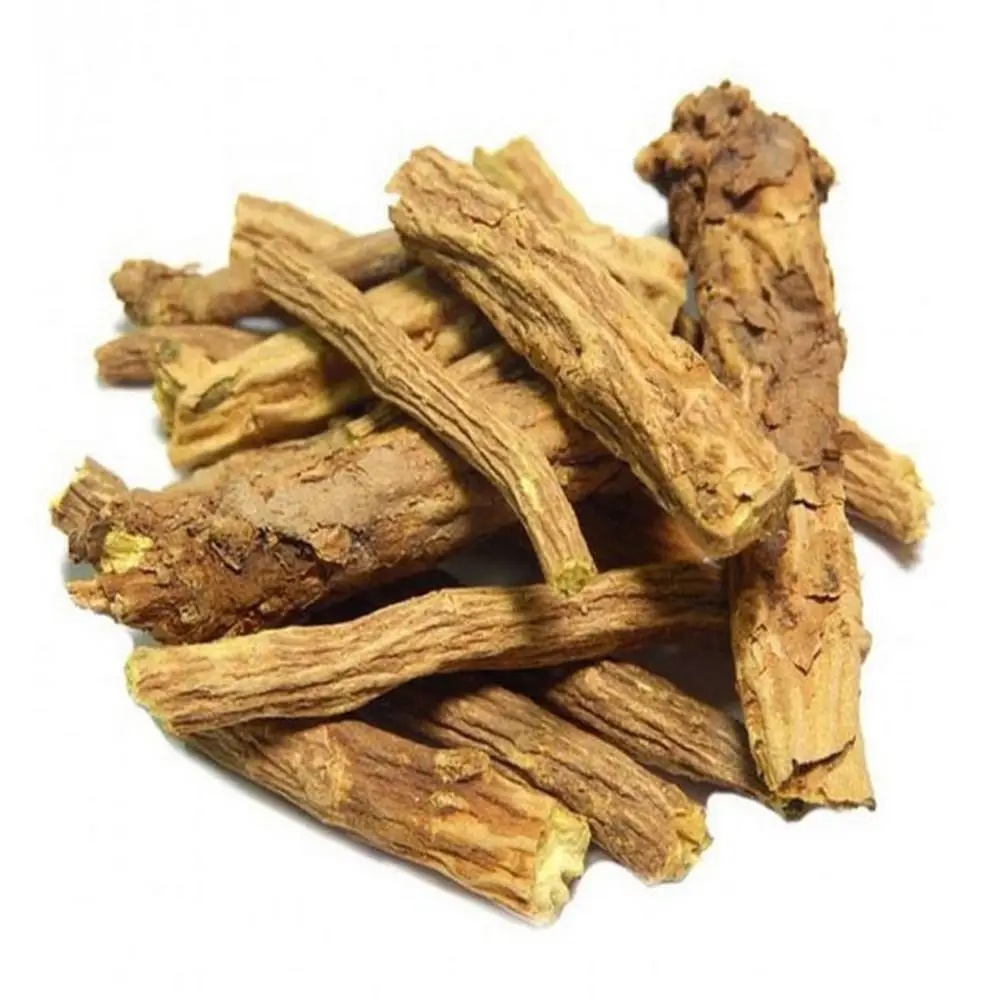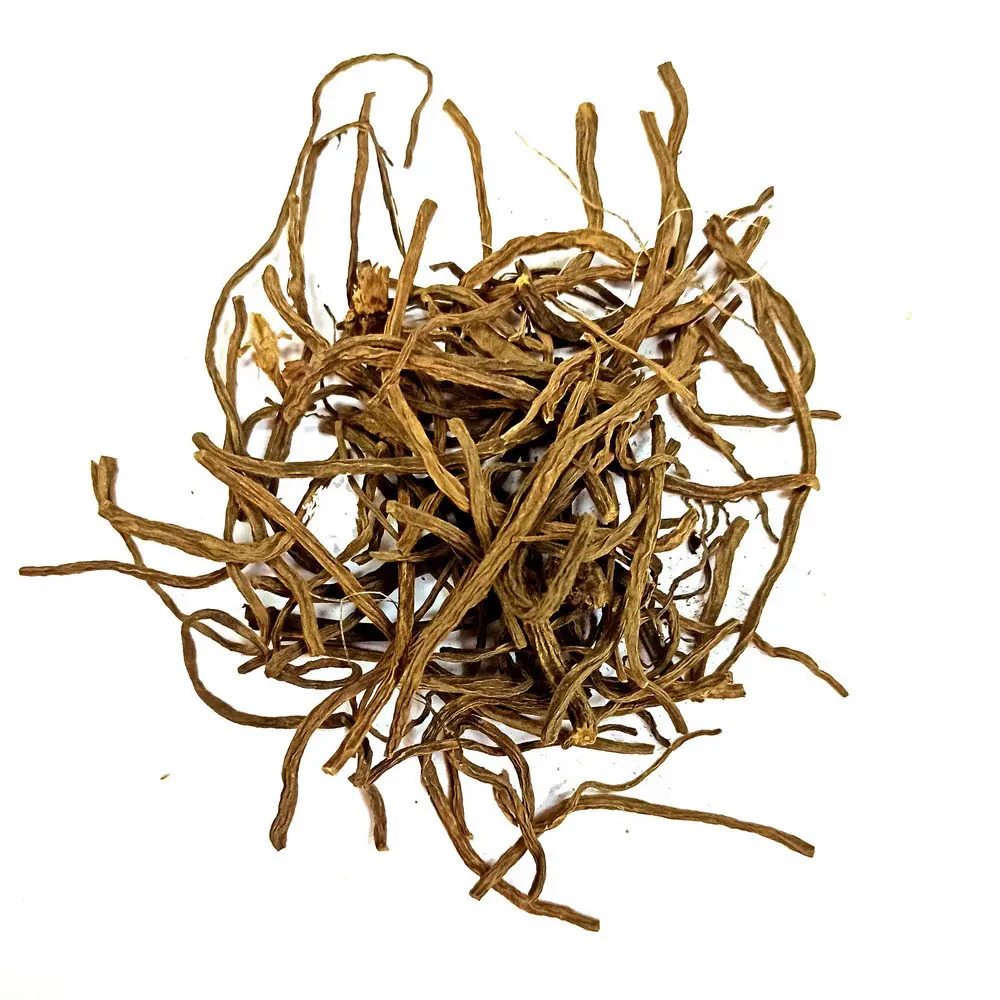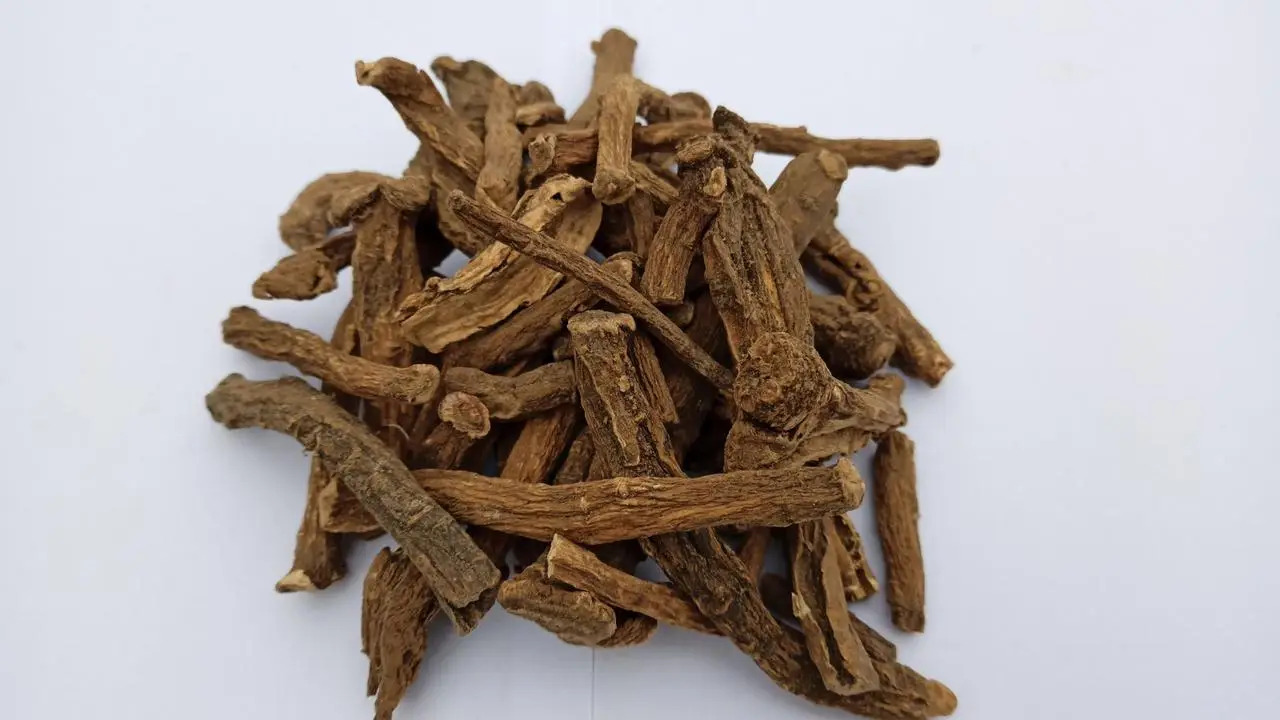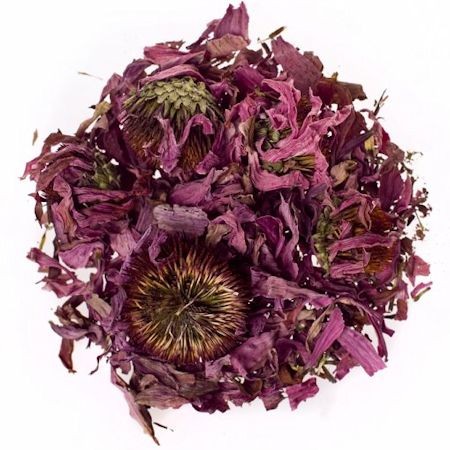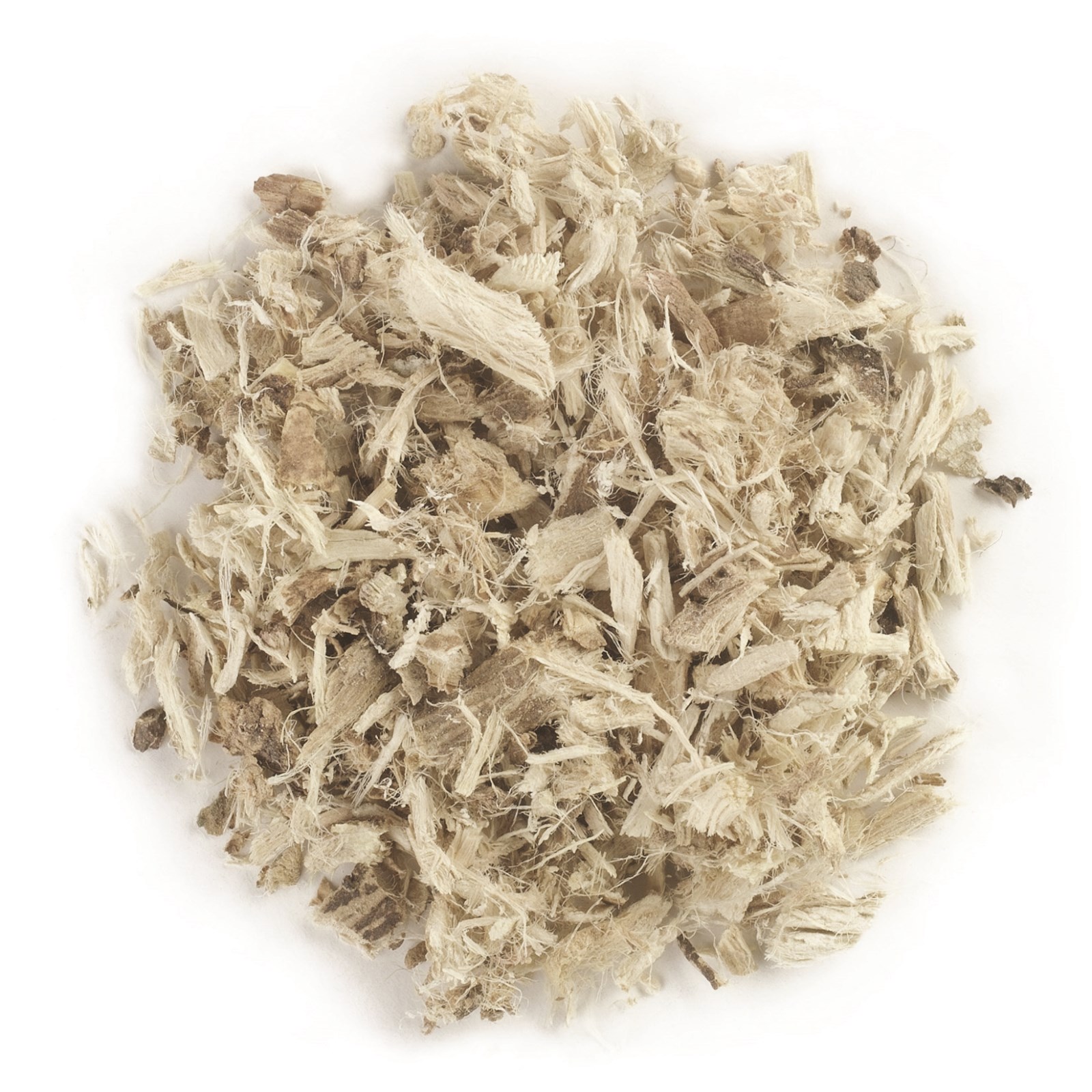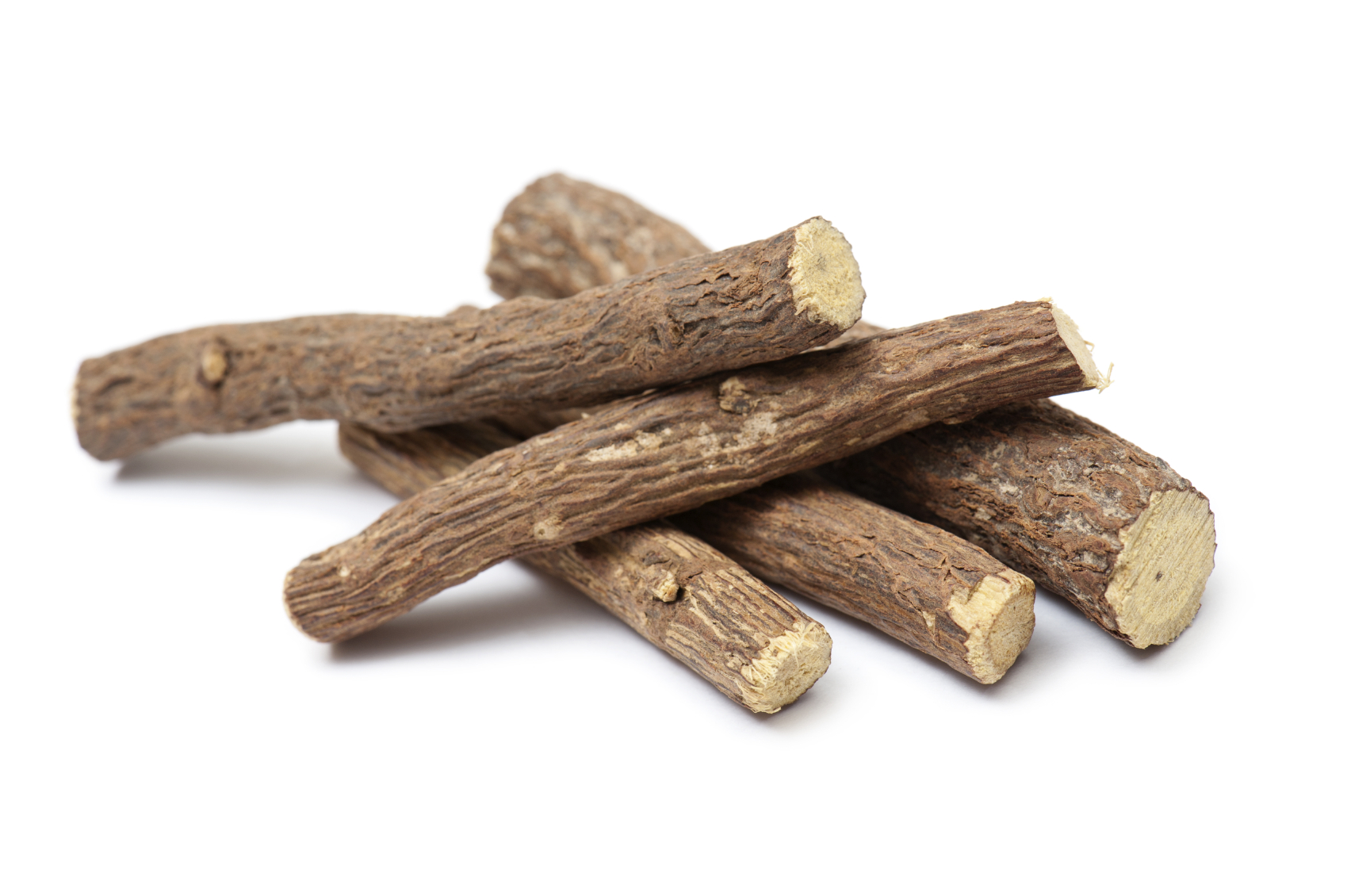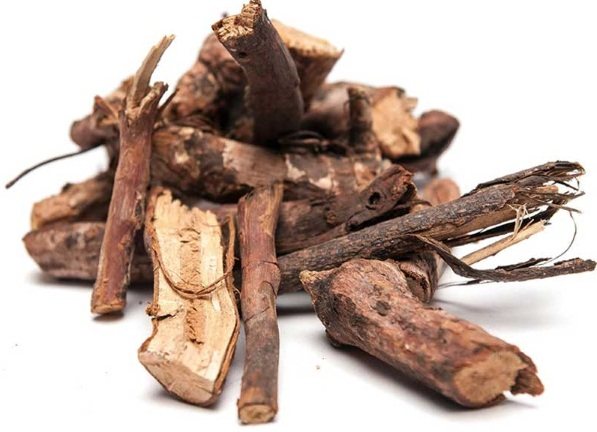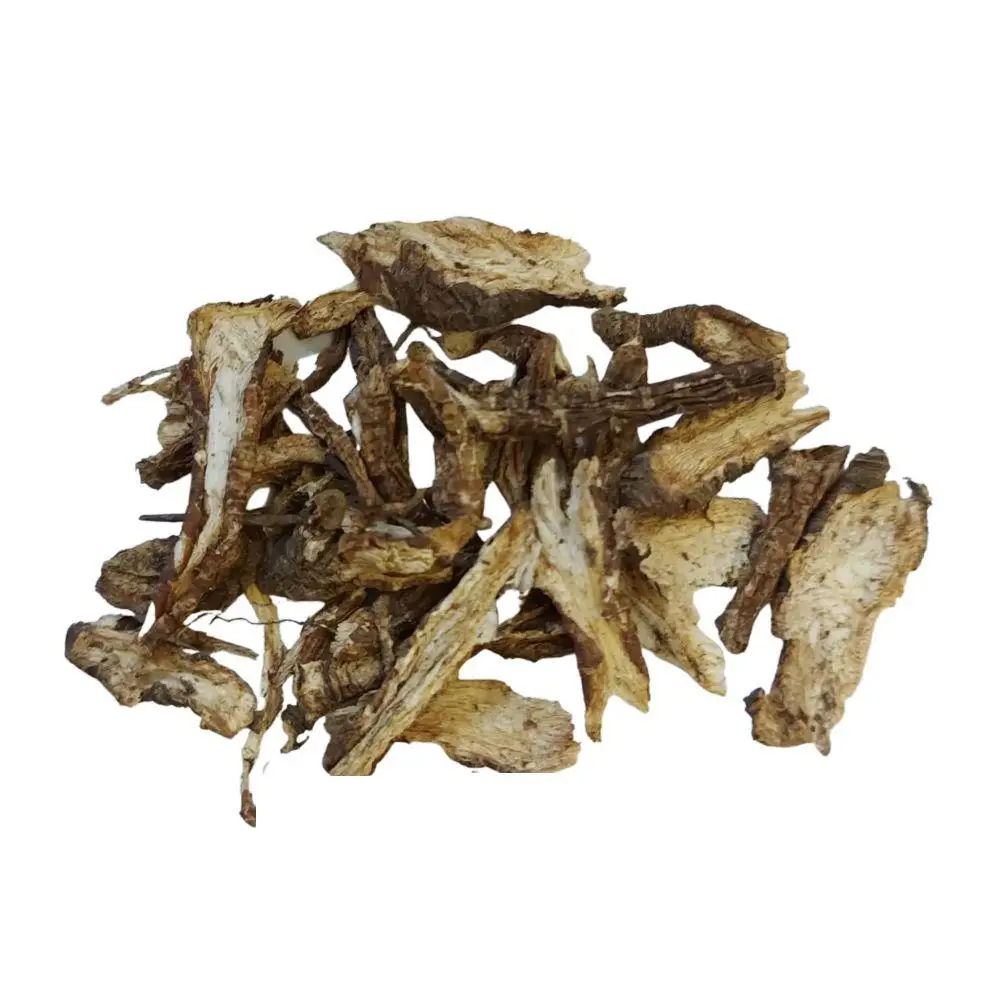The benefits of the plant in the medical field have been known for many centuries. More than 300 years ago, it was used to cure neuralgic diseases in children and to stop bleeding. The Latin name of the plant, Sanguisorba, clearly reflects its ability to stop blood: “sanguis” means “blood” and “sorbeo” means “to absorb”. This is only one of the main, but not the only, useful properties of this plant.
Preparations derived from the medicinal plant exhibit vasoconstrictor (when applied topically), astringent, anti-inflammatory, analgesic and haemostatic properties. They have a negative effect on protozoa and fight bacteria such as Escherichia coli, typhoid, paratyphoid and dysentery bacilli.
The liquid extract and decoction of rhizomes and roots of the plant are used internally to treat haemoptysis, gastric, haemorrhoidal and post-abortion bleeding, haemorrhagic metropathies, cholecystitis, enterocolitis, diarrhoea of various etiologies, chronic dysentery and various intestinal diseases accompanied by flatulence.
Great burnet is also widely used externally. A decoction of rhizomes and roots is used for gum disease, stomatitis, bacterial and trichomonas colpitis, true cervical erosion, acne, inflammatory processes on the skin, as well as phlebitis and thrombophlebitis. Boiled and crushed roots are used for poultices for boils and lower leg ulcers.
